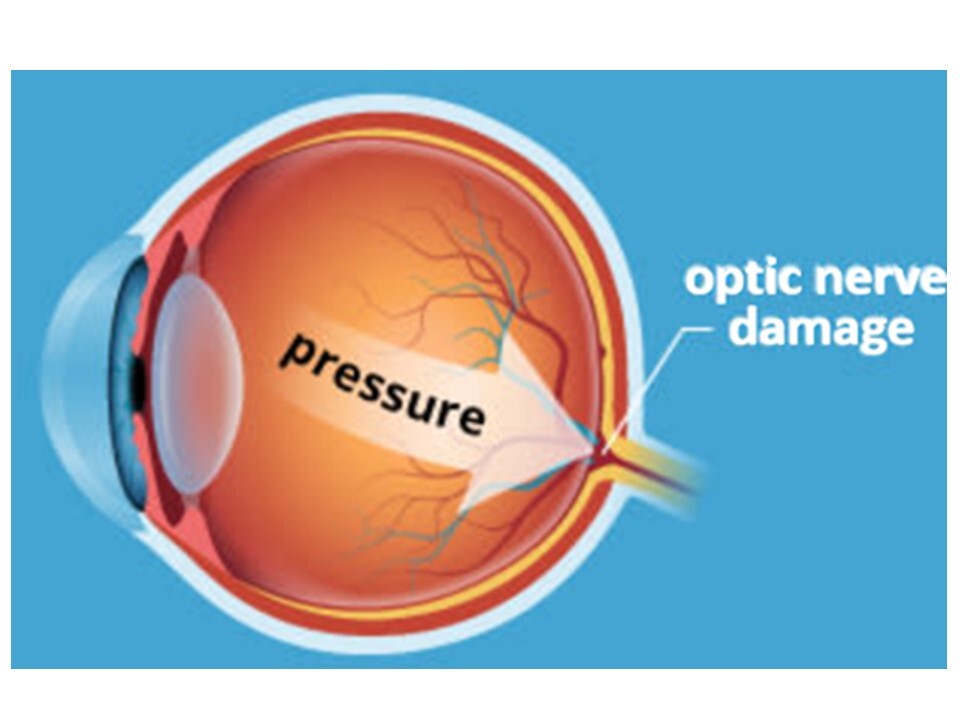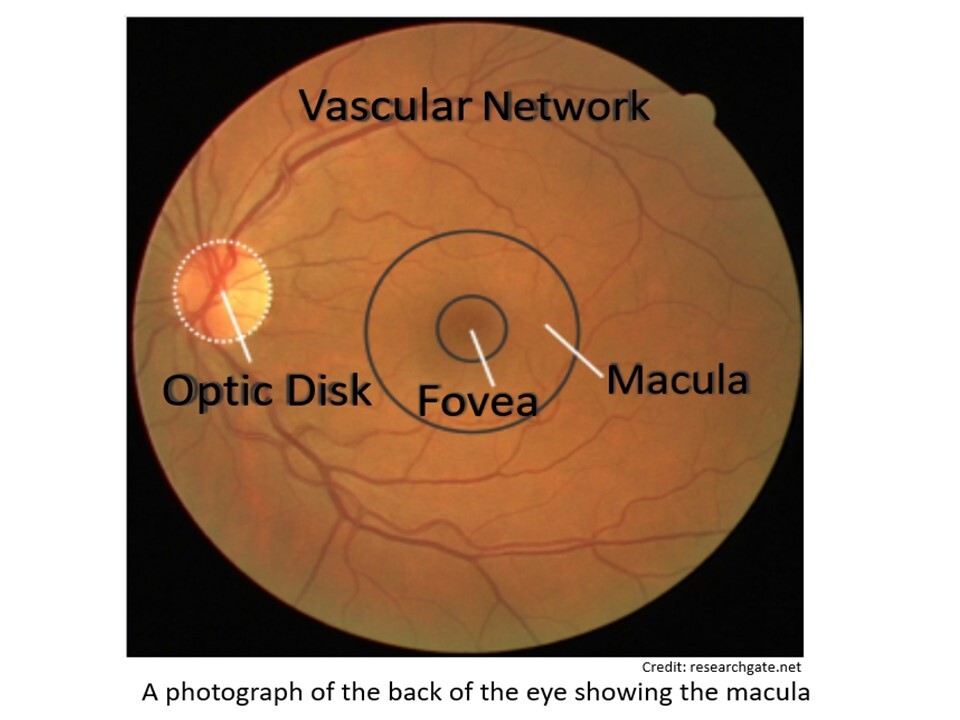There are three major sight problems that commonly occur with age:
Cataracts
A cataract is a clouding of the lens inside your eye making it difficult to see things clearly. The development of cataracts is a normal part of growing older.

- your glasses appear dirty and need cleaning, even when they don’t
- your sight is misty and cloudy
- you are more sensitive to sunlight or to the glare from car headlights
- everything looks a bit washed out.
What factors make it more likely to develop cataracts?
Age-related cataracts have a genetic component combined with various environmental factors.
Apart from age, other risk factors include:
- Diabetes (cataracts often develop earlier)
- Smoking
- Ultraviolet light exposure
- Trauma (for instance, eye injury)
- Eye surgery
- Some medications, such as steroids
- Eye conditions such as glaucoma (see below) or uveitis (a form of eye inflammation)
- Being very short sighted (high myopia)
- Learning disabilities
- Alcohol intake and poor diet may also play a role in cataract formation.
How common are cataracts in older people?
Most people start to develop cataracts after the age of 65, but cataracts can start to develop in some people in their 40s and 50s. Cataracts account for over a third of the cases of vision impairment in those over 75 years.
What can be done about cataracts?
Regular eye tests will monitor the development of cataracts. They can be removed at any time by surgery and replaced with an artificial lens made of plastic or silicone, known as an intraocular lens (IOL).
Glaucoma occurs when the optic nerve is damaged by the pressure of fluid in the eye. This can be due to your eye pressure being higher than normal or because of a weakness in your optic nerve.
The most common type of glaucoma in the UK is known as ‘primary’ or ‘chronic open angle’ glaucoma in which the damage to the optic nerve happens very slowly.
|
Once sight loss due to glaucoma has occurred, it is irreversible. |
How do you know when you have glaucoma?
You might not notice any changes in your vision because glaucoma affects your peripheral or side vision first. This makes it important to go for regular eye tests so that it can be detected and treated early. The earlier treatment starts, the more effective it will be. Treatment for glaucoma involves lowering the pressure in the eye with eye drops, laser treatment or, in a very small number of people, by surgery.
What factors make it more likely to develop glaucoma?
Apart from age, other risk factors include:
- Family history
- Racial background – there is a higher risk for people of African, Caribbean or Asian origin
- Other medical conditions, such as diabetes, heart disease, and high blood pressure
- Short-sightedness (myopia)
- Eye injury or certain types of eye surgery
- Taking corticosteroids, especially in eye drops, for a long time
How common is glaucoma in older people?
In England, about 480,000 people have chronic open-angle glaucoma (the most common type). Among white Europeans, this is about 1 in 50 people over 40, and 1 in 10 people over 75.
Age-related macular degeneration (AMD)
Macular degeneration affects a small part of the retina at the back of the eye called the macula.
Changes to the macula cause distortion or blurring of the central vision that we use when we are reading or watching television. Eventually, a blank patch may appear in the centre of our vision, leaving the peripheral or side vision unaffected.
There are two main types of AMD: ‘dry AMD’ and ‘wet AMD’:
|
Dry AMD is the most common type and develops very slowly over a long period. |
At the moment there is no way to treat dry AMD. Dry AMD can turn into Wet AMD in about 10-15% of people. |
|
Wet AMD causes faster vision loss and results from the growth of blood vessels underneath the macula. This causes even more damage to the macula and eventually results in scarring. |
The good news is that Wet AMD can be prevented by early treatment to stop the growth of new blood vessels. |
What are the symptoms of AMD?
- You have difficulty reading small print, despite wearing reading glasses.
- Straight lines look wavy or distorted.
- Your vision is not as clear as it used to be.
Apart from age, other risk factors include:
- A history of AMD in the family.
- Smoking – smokers are up to 4 times more likely to develop AMD.
(Smokers with a particular gene for AMD are 20 times more likely to develop AMD.) - A poor diet low in fruit and vegetables.
- People with high blood pressure are 1.5 times more likely to develop AMD.
How common is AMD in older people?
AMD is the biggest cause of sight loss in the UK, affecting around 600,000 people. Half of the people with AMD are registered as visually impaired.
|
Your risk of developing AMD increases with age. Around 1 in 200 people has AMD at 60, which increases to 1 in 5 by the age of 90. |
Regular visits to the optician are important. Early signs of AMD can be detected using photography or other imaging techniques, including optical
coherence tomography (OCT) scans which create cross-sectional images of the retina.
Age-related eye conditions can not only affect people in a practical way but can also affect them emotionally, as people with AMD have to adapt to their sight loss. Talking about the condition with others in the same situation can help.
Conclusions
Eye sight loss or deterioration due to cataracts, glaucoma or AMD commonly occurs with age.
Smoking is an important risk factor for cataracts and AMD.
Cataracts and glaucoma are treatable. AMD is not treatable.
Regular eye tests are essential to prevent and monitor eye disease.
Reviewed and updated by Barbara Baker, December 2021. Next review date, November 2025.


